Home>Garden Essentials>How To Grow A Banana Tree From Seed
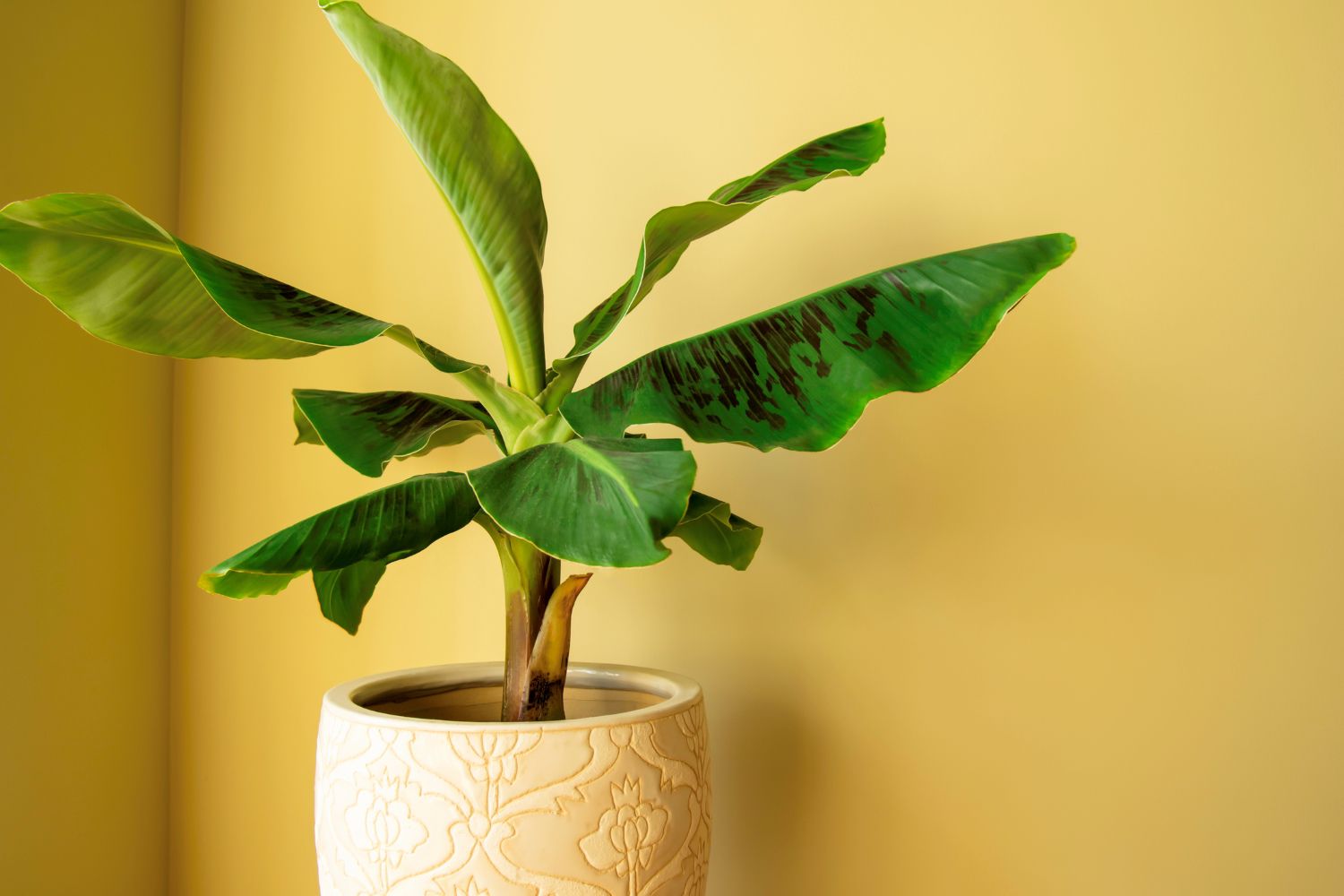

Garden Essentials
How To Grow A Banana Tree From Seed
Modified: March 16, 2024
Learn how to grow a banana tree from seed in your garden and enjoy the delicious fruits. Follow our step-by-step guide to start your own banana plantation.
(Many of the links in this article redirect to a specific reviewed product. Your purchase of these products through affiliate links helps to generate commission for Storables.com, at no extra cost. Learn more)
Introduction
Welcome to the wonderful world of gardening, where you have the power to cultivate and nurture life right in your own backyard. If you’re looking for a unique and exotic addition to your garden, growing a banana tree from seed can be a rewarding and fulfilling experience.
Bananas are not only delicious and nutritious fruits, but they also add a touch of tropical elegance to any landscape. While buying young banana plants from a nursery is a common choice, starting from seed allows you to witness the entire growth process, from a tiny seedling to a majestic tree.
In this article, we will guide you through the step-by-step process of growing a banana tree from seed. From selecting the right seeds to caring for the mature tree, we’ll cover every aspect to help you succeed in your gardening endeavor.
Before we get started, it’s important to note that growing a banana tree from seed can be a bit challenging compared to other plants. However, the satisfaction of seeing your banana tree thrive and bear fruits makes it all worthwhile.
Now, grab your gardening gloves and let’s dive into the fascinating world of growing banana trees from seed!
Key Takeaways:
- Growing a banana tree from seed is a challenging but rewarding journey that requires patience and care. By selecting the right seeds, creating a warm germination environment, and providing proper care, you can witness the miraculous growth of a banana tree.
- Once your banana tree matures, continue to provide regular watering, fertilizing, and protection from pests and diseases. With ongoing care, you can enjoy the beauty of its foliage and the delicious fruits it produces, bringing tropical charm to your garden.
Read more: How To Grow Tree From Seed
Step 1: Selecting the Right Banana Seeds
The first step in growing a banana tree from seed is to select the right seeds. While it’s tempting to use the seeds from a ripe banana that you have at home, it’s important to know that most commercial banana varieties are grown from sterile seeds. These seeds won’t be able to germinate and grow into a healthy tree.
Instead, you’ll need to acquire seeds from a reputable source that specializes in banana plant propagation. Look for seeds that are specifically labeled as ‘germination-ready’ or ‘viable seeds’. This ensures that you’ll have a higher chance of successful germination and healthy growth.
When selecting the variety of banana seeds, consider the climate of your area. Some banana varieties are better suited for hotter and more humid climates, while others can tolerate cooler temperatures. Choose a variety that is best suited for the conditions in your region to increase the chances of successful growth.
It’s also important to note that banana trees can take several years to bear fruits. If you’re specifically interested in growing bananas for consumption, select a variety that is known for its delicious fruits. This will ensure that you’re not disappointed when your tree finally reaches maturity.
Once you have obtained the right banana seeds, it’s time to move on to the next step: preparing the germination environment.
Step 2: Preparing the Germination Environment
Creating the proper germination environment is crucial for the successful growth of your banana seeds. The ideal temperature for germination is around 80°F (27°C), so choose a warm location in your home or garden to set up your germination area.
You’ll need a few supplies to create the ideal environment:
- Seed trays or small pots
- High-quality seed starting mix
- A clear plastic cover or plastic wrap
- A heat source, such as a heat mat or warm spot in your home
Start by filling the seed trays or pots with the seed starting mix, ensuring that it’s lightly packed but still loose enough for the roots to grow easily. Moisten the mix with water, but make sure it’s not soggy.
Next, plant the banana seeds about 1 inch deep into the soil, spacing them a few inches apart. Cover the seeds with a thin layer of soil and gently press it down.
Once the seeds are planted, cover the trays or pots with the clear plastic cover or plastic wrap to create a greenhouse-like environment. This helps to retain moisture and provide a consistent temperature.
Place the trays or pots on the heat mat or in a warm spot where the temperature remains around 80°F (27°C). Banana seeds require consistent warmth to germinate, so make sure to monitor the temperature and adjust if necessary.
Keep the soil moist but not overly wet during the germination process. Check the moisture levels regularly and water as needed. It’s important to maintain a balance, as waterlogged soil can lead to rotting of the seeds.
Now that you have set up the germination environment, it’s time to move on to the next step: soaking the seeds.
Step 3: Soaking the Seeds
Soaking the banana seeds before planting helps to soften the seed coat and promotes faster germination. This step is essential for increasing the chances of successful seed sprouting.
Before soaking the seeds, fill a bowl with warm water. The water should be at a temperature of around 100°F (38°C). Place the banana seeds into the water and let them soak for 24 hours.
The warm water will help to break the dormancy of the seeds and stimulate the germination process. It is important to note that not all seeds will sink to the bottom during soaking, and this is completely normal. Some seeds may float or remain suspended in the water.
After the 24-hour soaking period, remove the seeds from the water and gently pat them dry with a clean cloth or paper towel. Now, your seeds are ready for planting!
Remember to handle the seeds with care during the soaking process to avoid any damage. Banana seeds are delicate and can be easily crushed or bruised.
With your soaked seeds in hand, it’s time to move on to the next step: planting the seeds in the prepared soil.
Step 4: Planting the Seeds
Now that you have soaked the banana seeds, it’s time to plant them in the prepared soil. Follow these steps to ensure proper planting:
- Make small holes in the soil, approximately 1 inch deep. Space the holes a few inches apart to allow room for the seedlings to grow.
- Place a single seed into each hole. Gently cover the seeds with soil, ensuring that they are completely buried.
- Lightly press down on the soil to ensure good contact between the seeds and the soil, but be careful not to compact it too much.
- Water the soil gently to ensure that it is evenly moist. Avoid over-watering, as this can lead to fungal growth or rotting of the seeds.
After planting the seeds, keep the trays or pots in the germination environment you prepared. It’s important to maintain a consistent temperature and moisture level to encourage successful germination.
During the germination process, which can take anywhere from a few weeks to a couple of months, be patient and avoid disturbing the seeds. Keep the plastic cover or wrap in place to retain moisture and heat.
As the seeds start to germinate and sprout, you will notice tiny seedlings emerging from the soil. This is an exciting sign of successful germination! Continue to provide adequate moisture, keeping the soil consistently moist but not soaking wet.
Once the seedlings have grown a few inches tall and developed a couple of leaves, it’s time to move on to the next step: providing the right growing conditions for your banana seedlings.
To grow a banana tree from seed, soak the seeds in warm water for 24 hours, then plant them in a well-draining soil mix. Keep the soil consistently moist and provide warm temperatures for germination.
Read more: How To Grow A Tree From A Seed
Step 5: Providing the Right Growing Conditions
Now that your banana seedlings have emerged, it’s important to provide them with the right growing conditions to ensure healthy and robust growth. Follow these guidelines:
- Temperature: Banana trees thrive in warm temperatures ranging from 75°F to 95°F (24°C to 35°C). Make sure to maintain a consistent temperature within this range to promote optimal growth.
- Light: Banana trees are sun-loving plants and require direct sunlight for about 6 to 8 hours a day. Place your seedlings in a location where they’ll receive ample sunlight, or use artificial grow lights if natural light is limited.
- Watering: Keep the soil consistently moist, but avoid over-watering. Water the seedlings thoroughly when the top inch of the soil feels dry to the touch. Proper drainage is crucial, as waterlogged soil can lead to root rot.
- Fertilizer: After the seedlings have established a few true leaves, you can begin gradually feeding them with a balanced fertilizer. Use a fertilizer specifically formulated for fruiting plants and follow the manufacturer’s instructions for application rates.
- Spacing: If you’re growing multiple seedlings, make sure to provide adequate space between them. Banana trees require room for their large leaves to grow without obstruction. Aim for a spacing of at least 6 to 10 feet (2 to 3 meters) between each tree.
Regularly monitor your banana seedlings for any signs of pests or diseases. Common pests affecting banana trees include aphids, mealybugs, and spider mites. If you notice any infestation, promptly take measures to control and eliminate the pests.
Additionally, periodically inspect the leaves for any signs of discoloration, spots, or wilting, as these may indicate a nutrient deficiency or disease. Address these issues promptly by adjusting the fertilizer application or seeking the advice of a local horticulturist.
With the right growing conditions in place, your banana seedlings will continue to develop and mature. As they grow, they’ll eventually need to be transplanted into larger containers or into the ground. We’ll cover the process of transplanting in the next step.
Step 6: Caring for Your Banana Seedlings
As your banana seedlings continue to grow, proper care is essential for their continued development and overall health. Here are some important aspects to consider:
- Watering: Water the seedlings regularly to keep the soil consistently moist, but avoid over-watering. Monitor the moisture level by checking the top inch of the soil and adjust the watering accordingly.
- Pruning: As the seedlings grow, it’s important to remove any yellow or damaged leaves to promote the healthy growth of new leaves. Pruning also helps to maintain proper air circulation and prevents the risk of fungal infections.
- Support: As the seedlings grow taller, consider providing support to keep them upright. You can use bamboo stakes or small trellises to prevent the seedlings from bending or breaking under their own weight.
- Protection: If you live in an area with strong winds or heavy rain, provide protection to the seedlings. Use temporary windbreaks or cover the plants with a protective cloth during severe weather conditions.
- Weeding: Regularly remove any weeds that may compete for nutrients and resources with your banana seedlings. Keep the area around the seedlings clear and ensure they have ample space to grow.
- Pest and Disease Control: Continuously monitor the seedlings for any signs of pests or diseases. Treat any infestations or infections promptly to prevent further damage to the plants. Organic insecticidal soaps or natural remedies can often be effective in managing common pests.
Continue to fertilize the seedlings regularly with a balanced fertilizer to provide them with the necessary nutrients for optimal growth. Follow the fertilizer manufacturer’s instructions for the appropriate application rate and frequency.
Remember to also monitor the overall health and growth of your banana seedlings. If necessary, adjust the growing conditions and care practices accordingly to promote healthy and vigorous growth.
Now that your banana seedlings have advanced in their growth, it’s time to prepare for the next step: transplanting them into their permanent location. We’ll cover the transplanting process in detail in the next step.
Step 7: Transplanting Your Banana Tree
Transplanting your banana tree from its temporary containers to its permanent location in the ground is an important step in its growth journey. Here’s how to do it:
- Choose the right time: Transplant your banana tree when it has grown to a desirable size, usually around 1 to 2 feet (30 to 60 cm) in height. The best time to transplant is during the warm months of spring or early summer, when the soil is warm and the risk of frost has passed.
- Prepare the planting hole: Dig a hole in the ground that is wide and deep enough to accommodate the root ball of the banana tree. The hole should be slightly larger than the size of the container in which the tree is currently planted.
- Amend the soil: Banana trees prefer well-draining soil with rich organic matter. Before planting, amend the soil in the hole with compost or well-rotted manure to improve its fertility and drainage.
- Remove the tree from its container: Carefully remove the banana tree from its temporary container, being mindful not to damage the roots. Gently loosen the root ball if it is tightly packed.
- Place the tree in the hole: Position the banana tree in the center of the planting hole, ensuring that it is at the same level as it was in the container. The base of the trunk should be level with or slightly above the soil surface.
- Backfill and firm the soil: Fill the hole with the amended soil, gently firming it down around the roots of the tree. Avoid over-packing the soil, as this can lead to compaction and hinder root growth.
- Water thoroughly: Once the tree is planted, water it thoroughly to settle the soil around the roots. Provide enough water to ensure the entire root zone is moist.
- Add mulch: Apply a layer of organic mulch around the base of the tree, leaving a gap around the trunk to prevent moisture buildup and potential rot. Mulch helps to retain moisture, suppress weeds, and regulate soil temperature.
After transplanting, continue to provide proper care, including regular watering, fertilizing, and monitoring for pests and diseases. Your banana tree will gradually grow and establish itself in its new home.
Keep in mind that it may take some time for your transplanted banana tree to fully adjust to its new surroundings and resume active growth. Be patient and provide the necessary care for its successful establishment.
With proper management and ongoing care, your banana tree will eventually reach maturity and reward you with its beautiful foliage and delicious fruits.
Now that your banana tree is successfully transplanted, let’s move on to the final step: continued care for a mature banana tree.
Step 8: Continued Care for a Mature Banana Tree
Congratulations on reaching the stage where your banana tree has matured! While your tree is now established, it still requires ongoing care to ensure its health and productivity. Here’s how to continue caring for your mature banana tree:
- Watering: Provide your banana tree with regular deep watering, especially during dry spells. Aim to keep the soil consistently moist, but not waterlogged. Adjust watering frequency based on weather conditions and the moisture needs of your specific banana variety.
- Fertilizing: Continue to fertilize your mature banana tree to provide it with the necessary nutrients for healthy growth and fruit production. Use a balanced fertilizer specifically formulated for fruiting plants and follow the recommended application rates.
- Pruning: Regularly inspect your banana tree for any dead, damaged, or diseased leaves. Remove them promptly to maintain overall tree health and prevent the spread of diseases. Additionally, remove any suckers or offshoots that grow near the base of the tree to prevent overcrowding.
- Pest and Disease Control: Monitor your banana tree for any signs of pests or diseases. Common pests that may affect mature banana trees include aphids, banana weevils, and nematodes. Treat any infestations or diseases promptly using organic or chemical controls depending on your preferred gardening approach.
- Support for Fruiting: As your banana tree starts to bear fruits, it’s essential to provide proper support. Use sturdy stakes or braces to secure the heavy bunches of bananas, preventing them from bending or breaking the plant’s stems.
- Harvesting: Monitor the ripening process of your bananas and harvest them when they reach the desired maturity. Harvesting time can vary depending on the banana variety. It’s best to harvest the bananas while they are still slightly green and allow them to ripen in a cool, dark place.
- Winter Protection: If you live in an area with cold winters, take measures to protect your banana tree from frost damage. Before the first frost, cut the tree down to a height of about 2 to 3 feet (60 to 90 cm) and cover it with blankets or burlap to insulate it from the cold.
By providing proper care and attention, you can enjoy the beauty and bounty of your mature banana tree for years to come. Remember to stay vigilant in monitoring its health, addressing any issues promptly, and enjoying the fruits of your labor.
With these care practices in place, your mature banana tree will continue to thrive and bring tropical charm into your garden or landscape. Happy gardening!
And with that, we have come to the end of our comprehensive guide on growing a banana tree from seed. We hope this article has provided you with valuable information and guidance for your banana growing adventure. Happy gardening and may your banana tree flourish!
Read more: How To Grow A Cypress Tree From Seed
Conclusion
Growing a banana tree from seed is a fascinating and fulfilling journey that allows you to witness the miraculous process of plant growth and reap the rewards of tropical beauty and delicious fruits. While it may require some patience and dedication, the experience of nurturing a banana tree from a tiny seedling to a mature tree is truly rewarding.
Throughout this guide, we have covered every step of the process, from selecting the right seeds to caring for a mature banana tree. By following these steps and providing the necessary conditions for growth, you can increase your chances of success in growing a healthy and productive banana tree.
Remember to pay attention to the specific needs of your banana variety, including temperature tolerance, light requirements, watering, fertilizing, and protection from pests and diseases. By understanding these requirements and providing the optimal growing conditions, you will maximize your tree’s growth potential.
Whether you plant your banana tree in the ground or in a container, the beauty and abundance it brings to your garden or landscape will be well worth the effort. From its broad green leaves to its vibrant yellow fruits, the banana tree adds a touch of tropical elegance to any setting.
As you continue your journey in banana tree cultivation, don’t forget to enjoy the process and cherish the moments of growth and transformation. Gardening is not just about the end result but also the joy and fulfillment it brings along the way.
We hope that this comprehensive guide has provided you with valuable insights and practical tips for successfully growing a banana tree from seed. So put on your gardening gloves, grab your banana seeds, and get ready to embark on a rewarding and fruitful adventure!
Happy growing!
Frequently Asked Questions about How To Grow A Banana Tree From Seed
Was this page helpful?
At Storables.com, we guarantee accurate and reliable information. Our content, validated by Expert Board Contributors, is crafted following stringent Editorial Policies. We're committed to providing you with well-researched, expert-backed insights for all your informational needs.

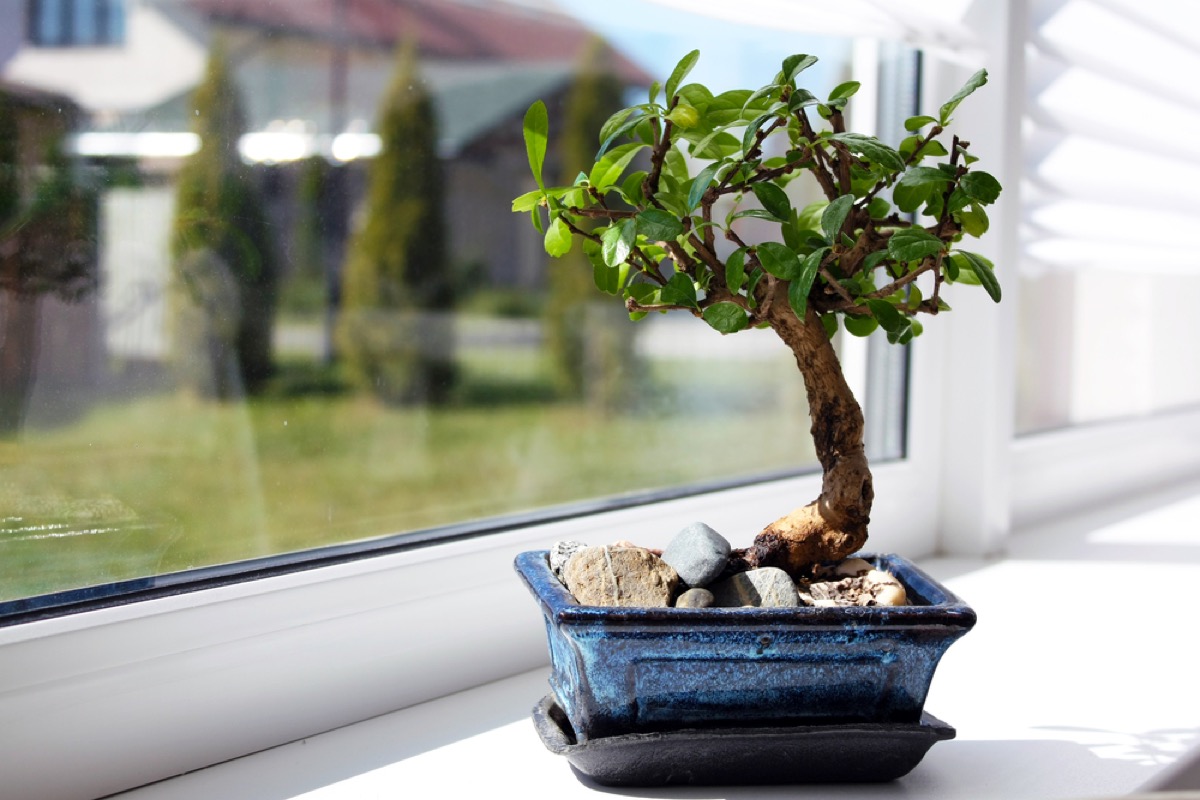
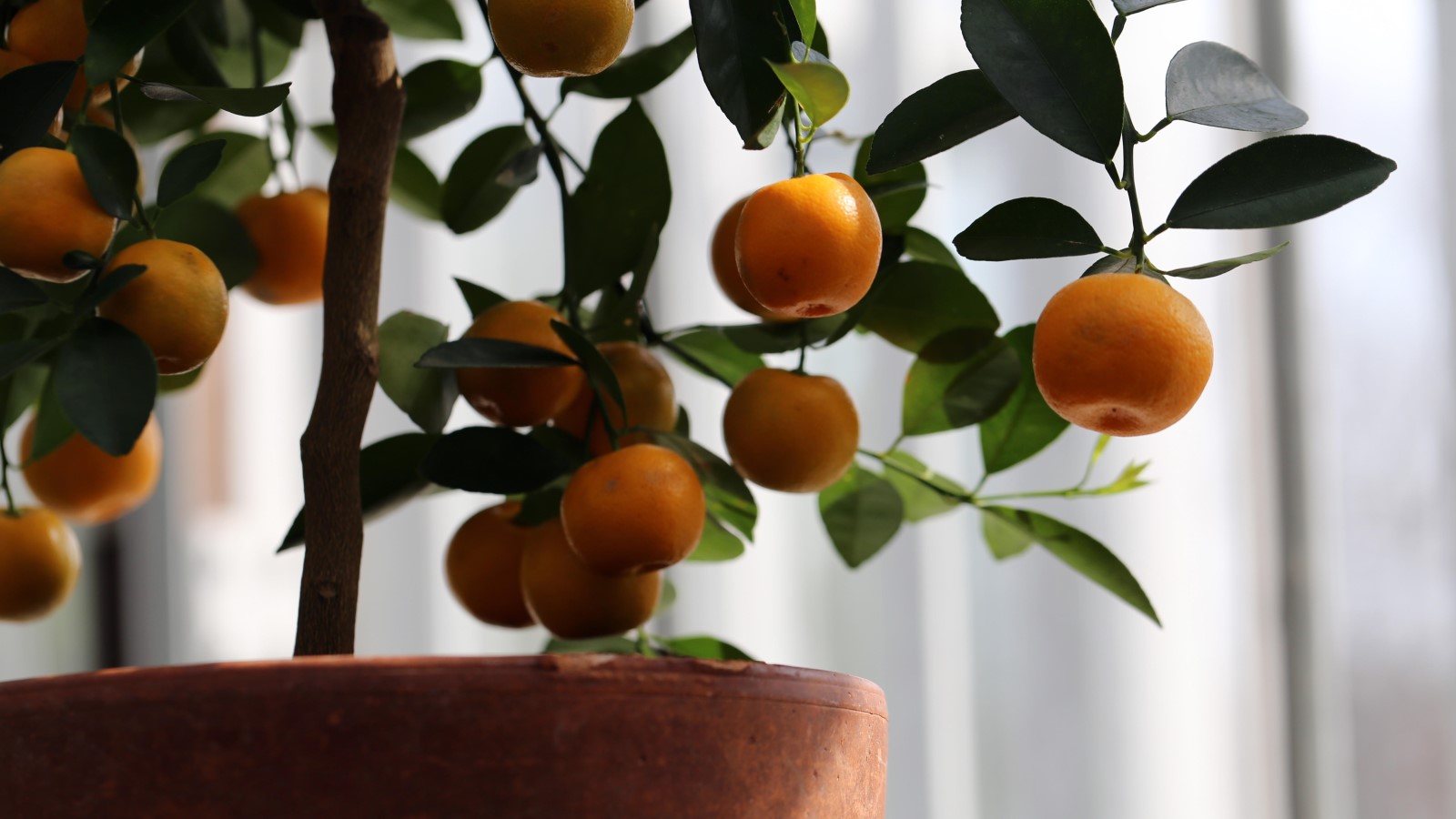
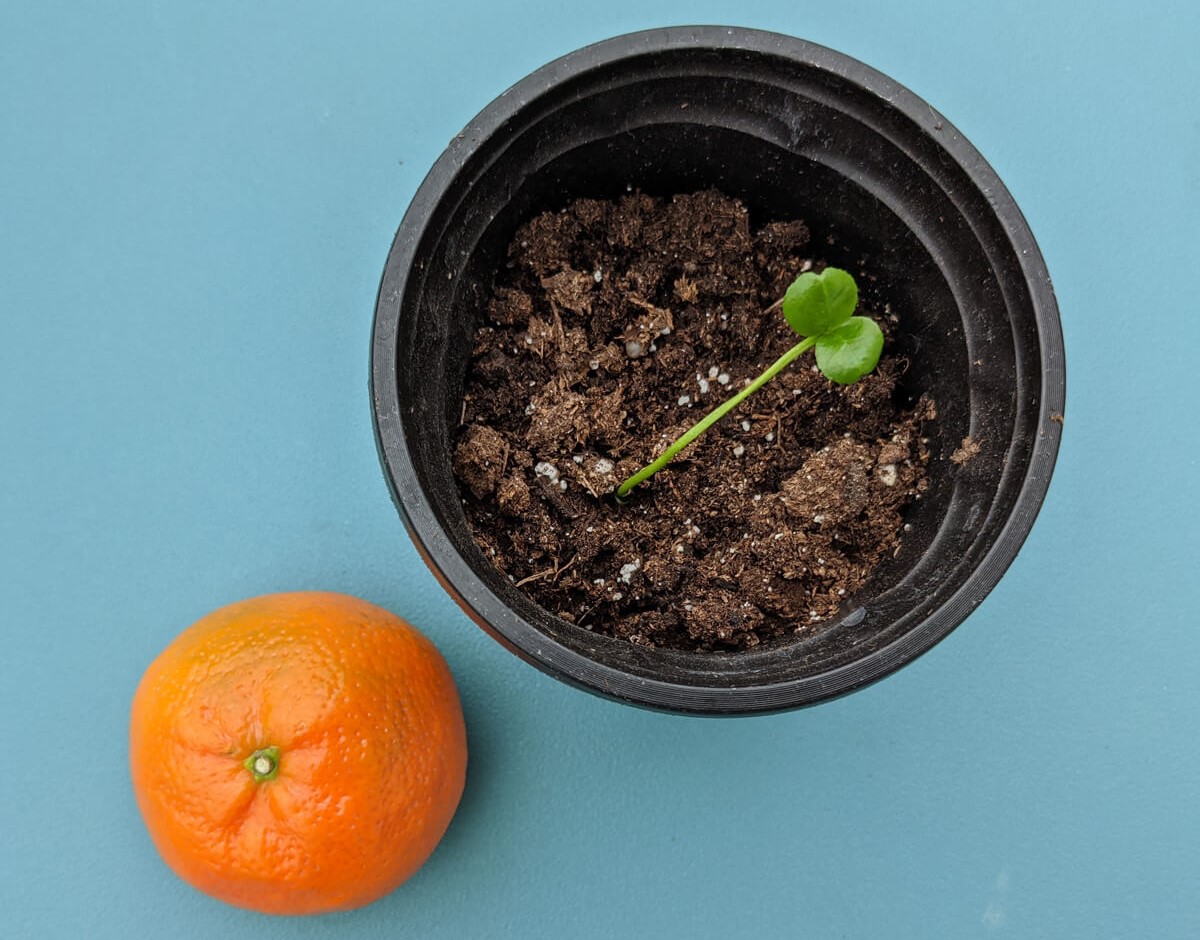
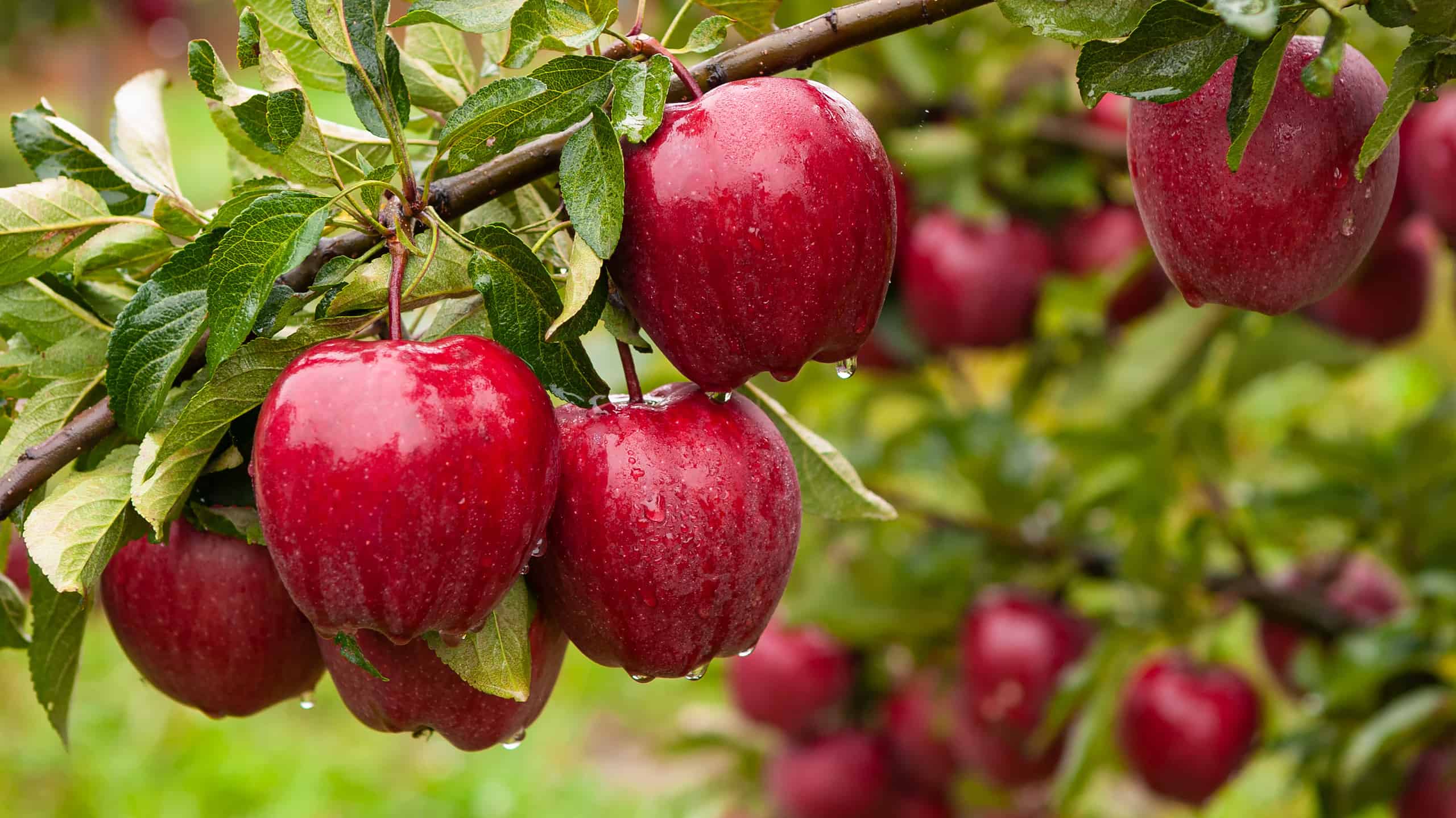
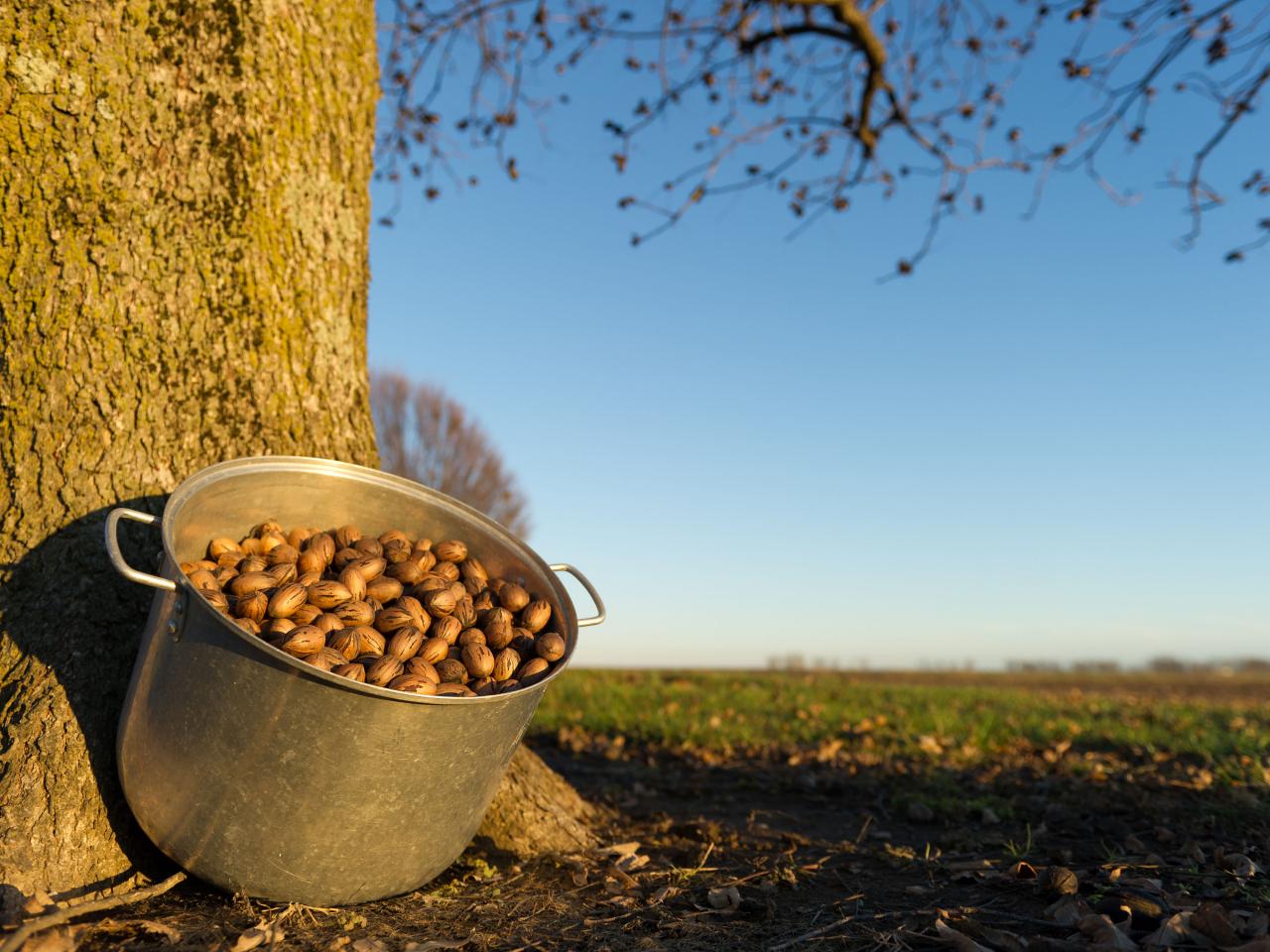
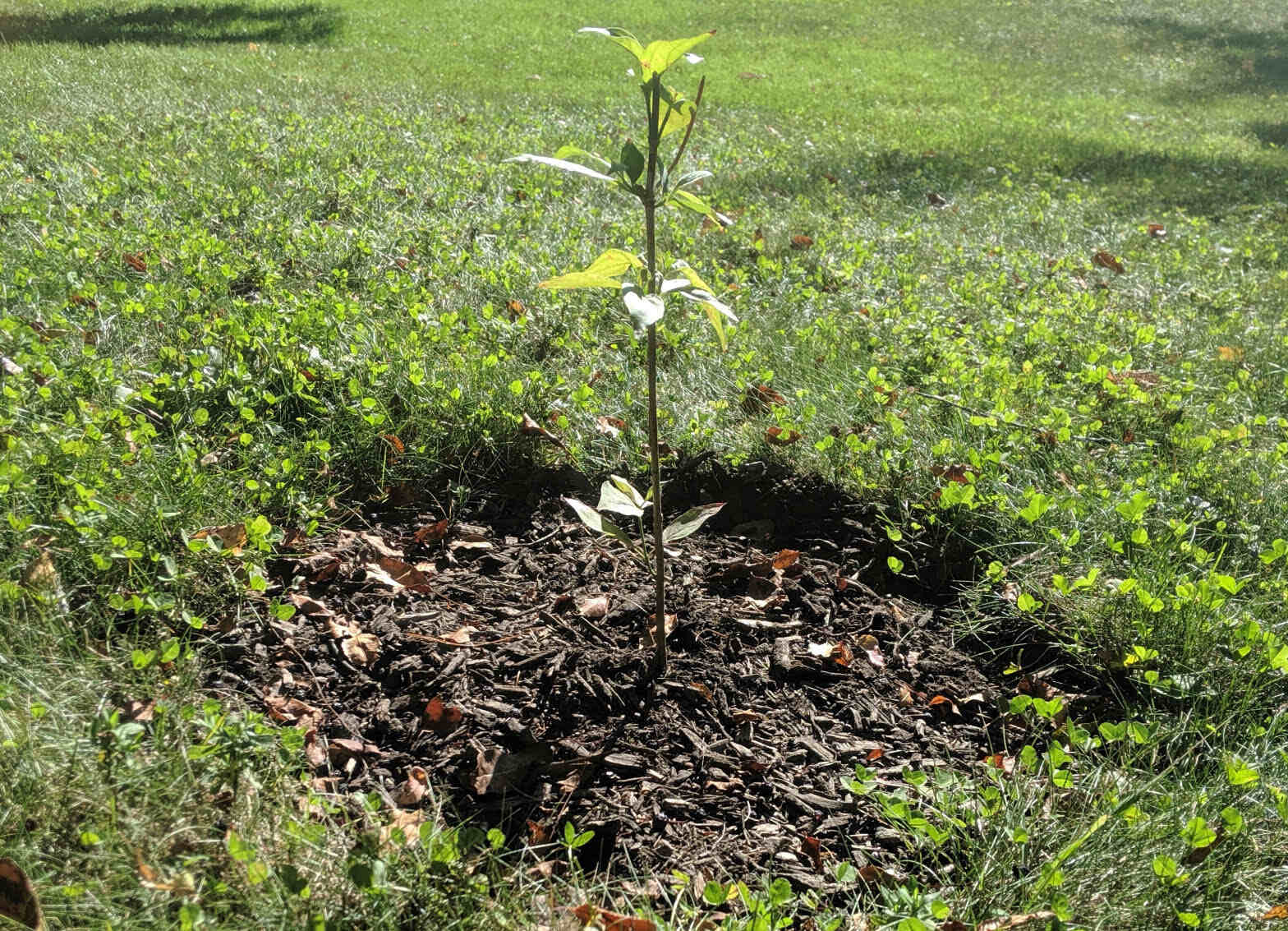
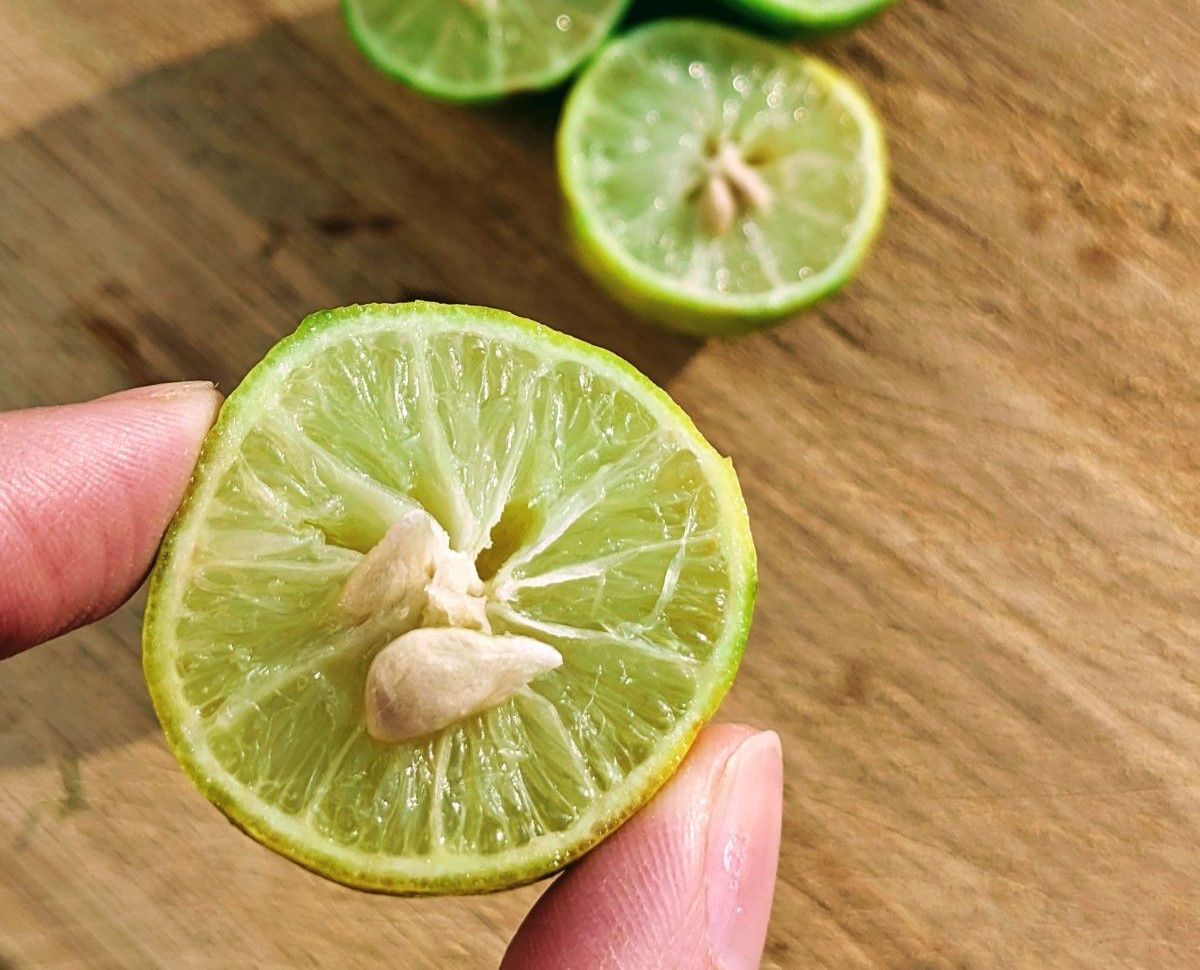
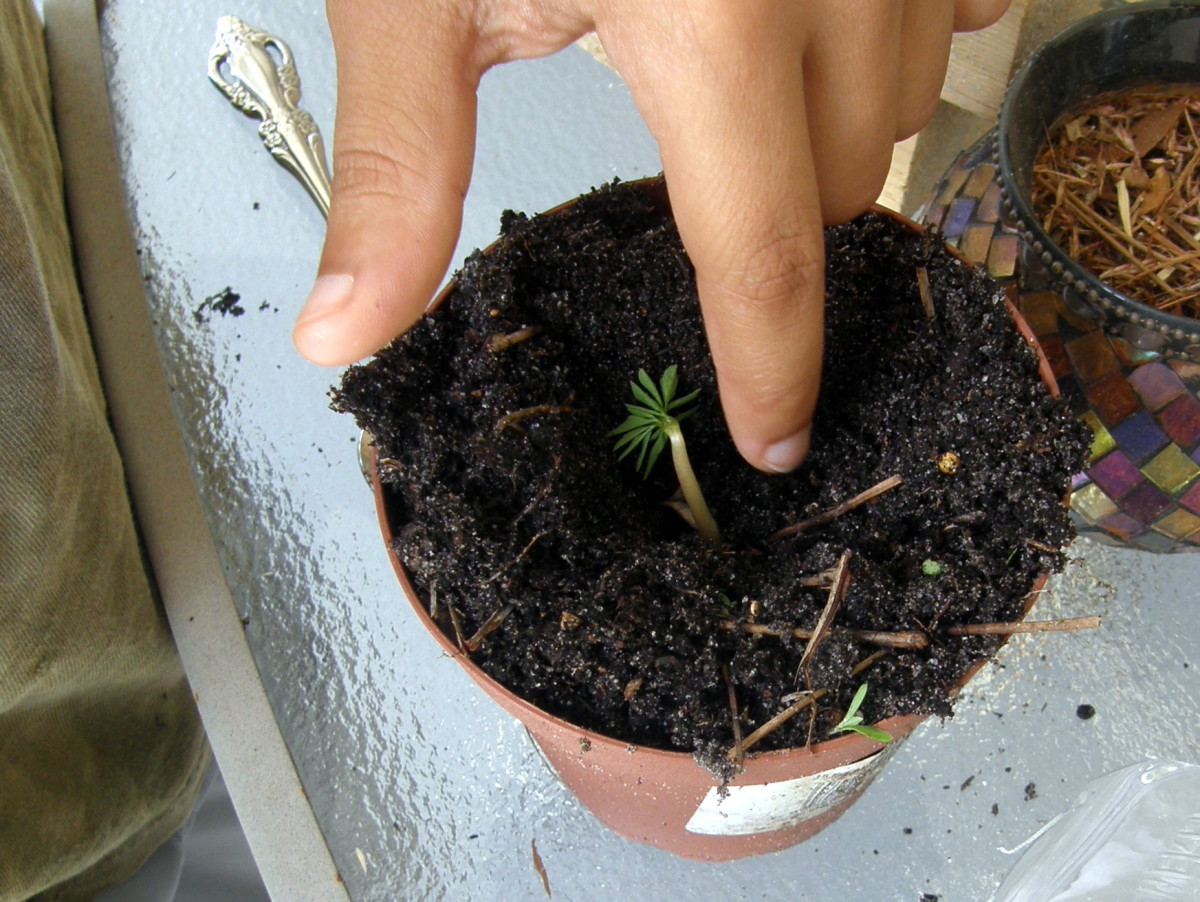
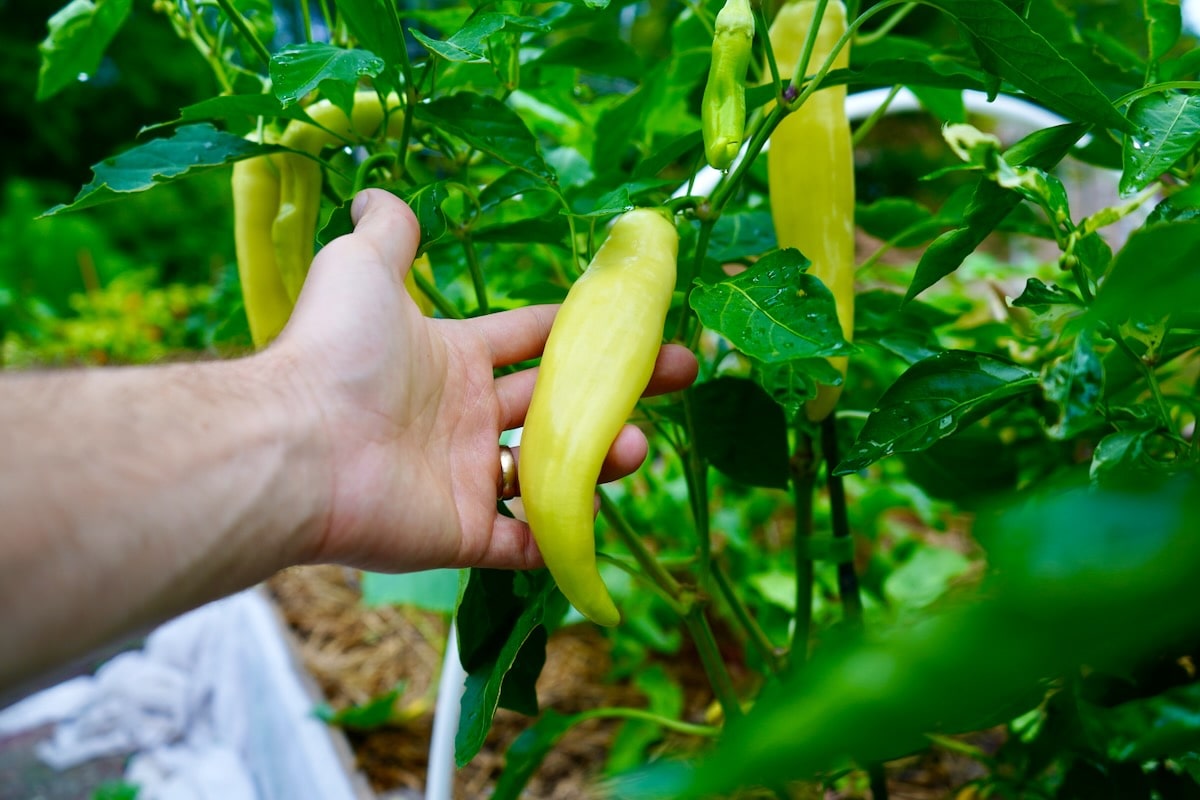
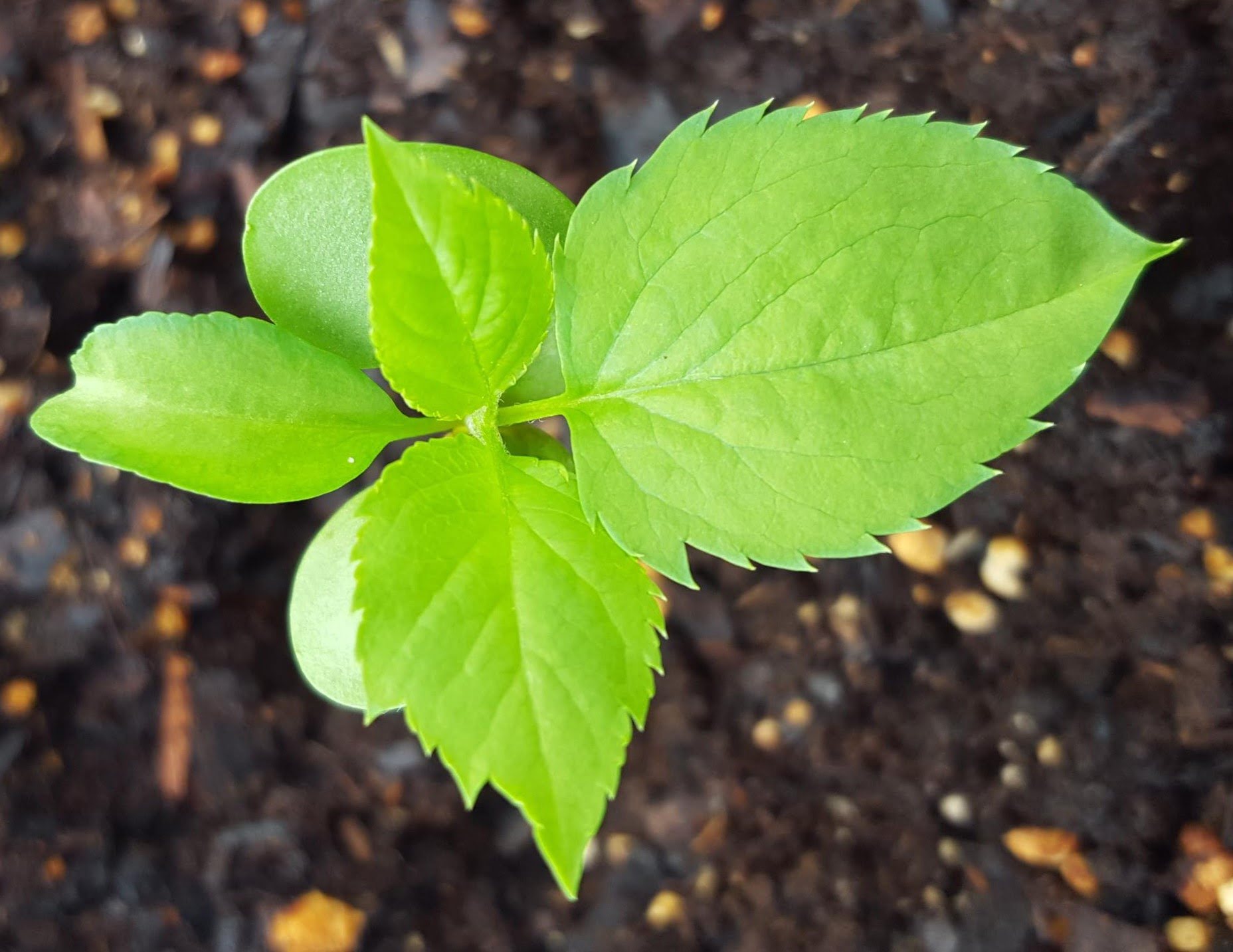
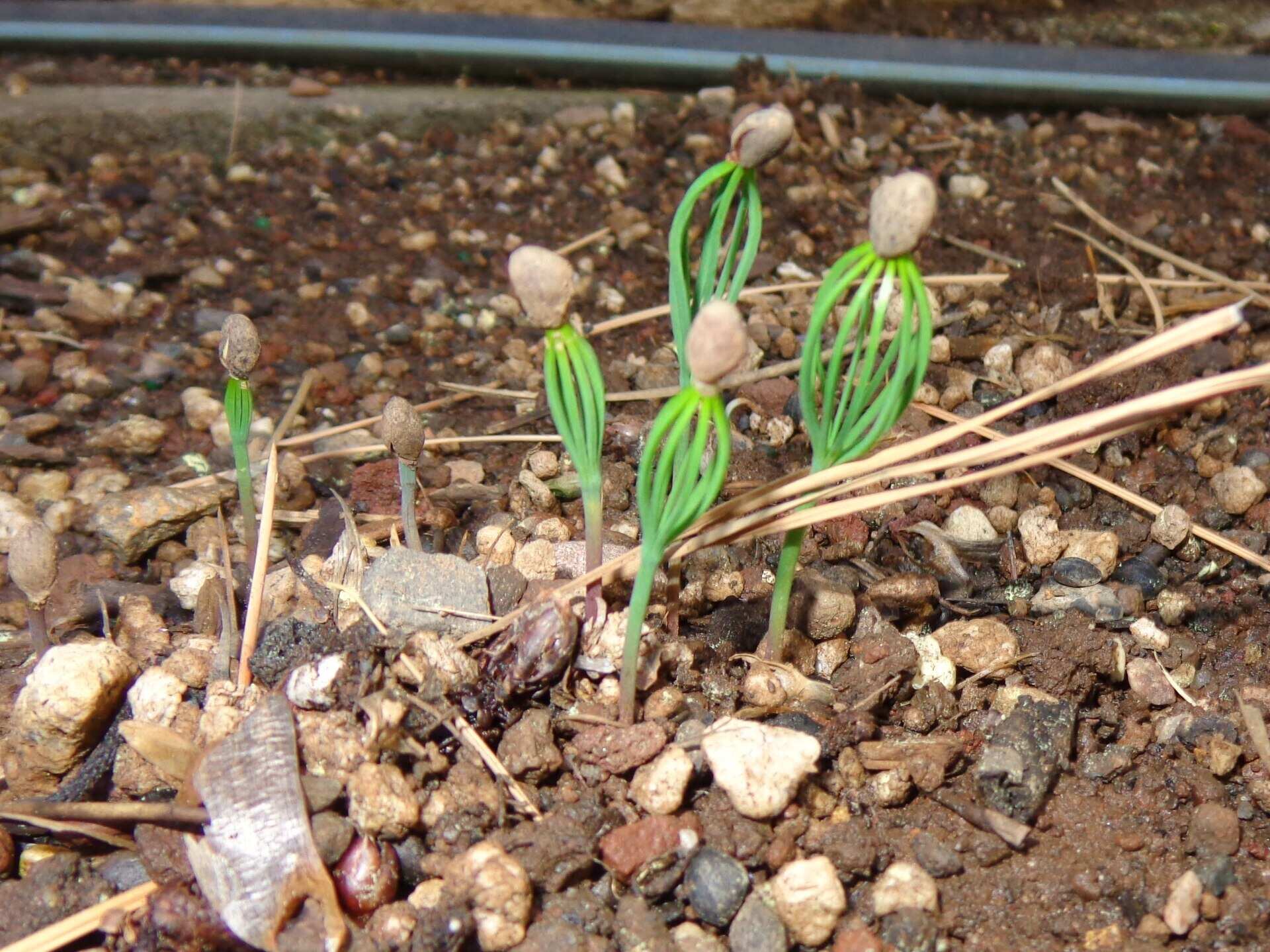
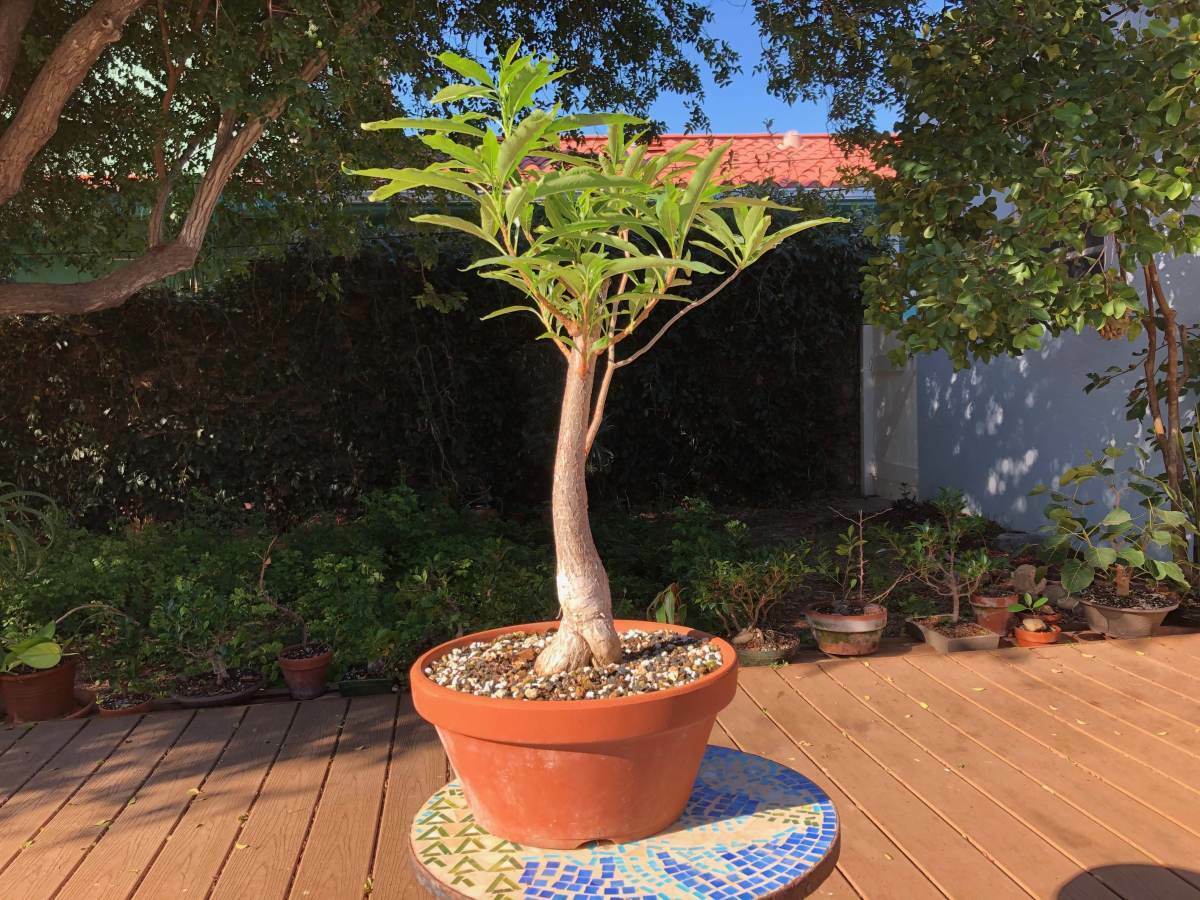

0 thoughts on “How To Grow A Banana Tree From Seed”